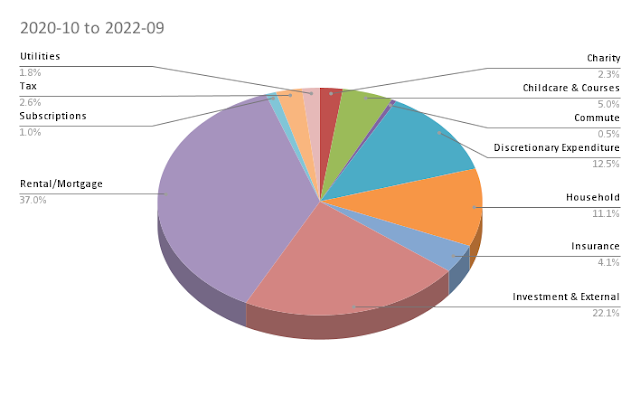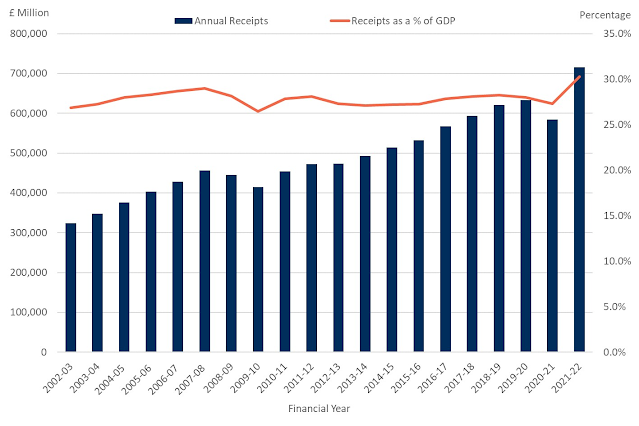RangDe follow up at the end of the 2010
In April this year, I wrote about how you can distribute any investments you make on RangDe and in effect reduce your risk of defaults. I was convinced this arrangement was very close to the right mix for anybody wishing to make investments. So, I had started toying around with the idea of gradually investing to see how the money came back and figure out any other thorny issues that could arise.
I am glad to announce that I have made a total of 104 investments amounting to Rs. 32,000 so far, almost all of it happening within the past 9-10 months. Out of this, Rs. 4,600 is through re-investments with direct inputs of Rs. 27,400. I have now stabilized around contributing Rs. 5000 every month, which funds about 10-15 entrepreneurs. The money generally comes back in 12 months, and so on an average, expect about 7-8% of your total investment to come back every money and hence available for re-investments.
What does these numbers mean? On an average, most Indian rural entrepreneurs ask (or get approved for) about Rs. 5000-7500 meaning that this amount might have touched 5-6 people's funding requirements. They might have grown out of the clutches of the money lender, albeit only for a bit.
In general, there is no dearth for enterprising folks in rural India, but they are severely handicapped by the lack of funding and infrastructure. Towards the funding issue, a peer-to-peer lending arrangement charging about 8% simple interest from the entrepreneurs looks like a good arrangement for me. If I did not do this, this money would be lying around in a bank, EPF, PPF account on utilized in the stock market, probably growing at a better rate (the effective money that the lender gets back is 2.5%, the rest goes to RangDe and the field partners), but the satisfaction in contributing towards "Knocking out poverty", which is RangDe's tagline seemed too tempting to pass. Hence the consistent association.
Did I bother when there was the controversy regarding MFIs and suicides? Somewhat, but when I started reading, I realized that much of it seemed related to pure-MFIs at play, like SKS, and not with Peer-to-peer lending arrangements like RangDe (though it could spread out, but let's forget it for now) and with enough vested interests from the moneylender lobby, who stand to gain when a controversy erupts against MFIs, I decided to apply my judgment and instinct to decide that I want to continue supporting MFIs. I could be proven wrong, but that's a risk one has to take.
How did I arrive at the Rs. 5000 p.m. investment number? At around SGD5 per meal on an average per day for lunch, I spend SGD100 per month. If you add in the cost for my teh-halia-kurang-mani-takeaway (ginger tea, less sugar, take away), Rs. 5000 is what I end up feeding myself just during the day for a month. Surely, if the same amount can be put to somebody's good use, why not? It also seemed morally prudent to contribute back to the society rather than increase my own standard of living, so instead of upgrading myself to SGD10 meals per day, I would chose spending it on improving somebody's life. Makes sense, doesn't it?
What next? I want the total investment I make to Rs. 100,000 which seems a few months away. Around that number, it seems that the paybacks will be enough to sustain a little micro-cycle of investments. At that point, I am going to review my strategy.
Anything else I learnt? To remember that this is not charity. This is using your money to improve somebody else' life and getting that money back. So, I consciously try to call the beneficiaries as entrepreneurs and not as borrowers, which seems right. They are taking money against a business purpose, be it cattle raising, vegetable selling etc, and not for marrying off their daughters or on hooch. And I want to respect that intent. I wished everybody else looked at it the same way.
I am glad to announce that I have made a total of 104 investments amounting to Rs. 32,000 so far, almost all of it happening within the past 9-10 months. Out of this, Rs. 4,600 is through re-investments with direct inputs of Rs. 27,400. I have now stabilized around contributing Rs. 5000 every month, which funds about 10-15 entrepreneurs. The money generally comes back in 12 months, and so on an average, expect about 7-8% of your total investment to come back every money and hence available for re-investments.
What does these numbers mean? On an average, most Indian rural entrepreneurs ask (or get approved for) about Rs. 5000-7500 meaning that this amount might have touched 5-6 people's funding requirements. They might have grown out of the clutches of the money lender, albeit only for a bit.
In general, there is no dearth for enterprising folks in rural India, but they are severely handicapped by the lack of funding and infrastructure. Towards the funding issue, a peer-to-peer lending arrangement charging about 8% simple interest from the entrepreneurs looks like a good arrangement for me. If I did not do this, this money would be lying around in a bank, EPF, PPF account on utilized in the stock market, probably growing at a better rate (the effective money that the lender gets back is 2.5%, the rest goes to RangDe and the field partners), but the satisfaction in contributing towards "Knocking out poverty", which is RangDe's tagline seemed too tempting to pass. Hence the consistent association.
Did I bother when there was the controversy regarding MFIs and suicides? Somewhat, but when I started reading, I realized that much of it seemed related to pure-MFIs at play, like SKS, and not with Peer-to-peer lending arrangements like RangDe (though it could spread out, but let's forget it for now) and with enough vested interests from the moneylender lobby, who stand to gain when a controversy erupts against MFIs, I decided to apply my judgment and instinct to decide that I want to continue supporting MFIs. I could be proven wrong, but that's a risk one has to take.
How did I arrive at the Rs. 5000 p.m. investment number? At around SGD5 per meal on an average per day for lunch, I spend SGD100 per month. If you add in the cost for my teh-halia-kurang-mani-takeaway (ginger tea, less sugar, take away), Rs. 5000 is what I end up feeding myself just during the day for a month. Surely, if the same amount can be put to somebody's good use, why not? It also seemed morally prudent to contribute back to the society rather than increase my own standard of living, so instead of upgrading myself to SGD10 meals per day, I would chose spending it on improving somebody's life. Makes sense, doesn't it?
What next? I want the total investment I make to Rs. 100,000 which seems a few months away. Around that number, it seems that the paybacks will be enough to sustain a little micro-cycle of investments. At that point, I am going to review my strategy.
Anything else I learnt? To remember that this is not charity. This is using your money to improve somebody else' life and getting that money back. So, I consciously try to call the beneficiaries as entrepreneurs and not as borrowers, which seems right. They are taking money against a business purpose, be it cattle raising, vegetable selling etc, and not for marrying off their daughters or on hooch. And I want to respect that intent. I wished everybody else looked at it the same way.

